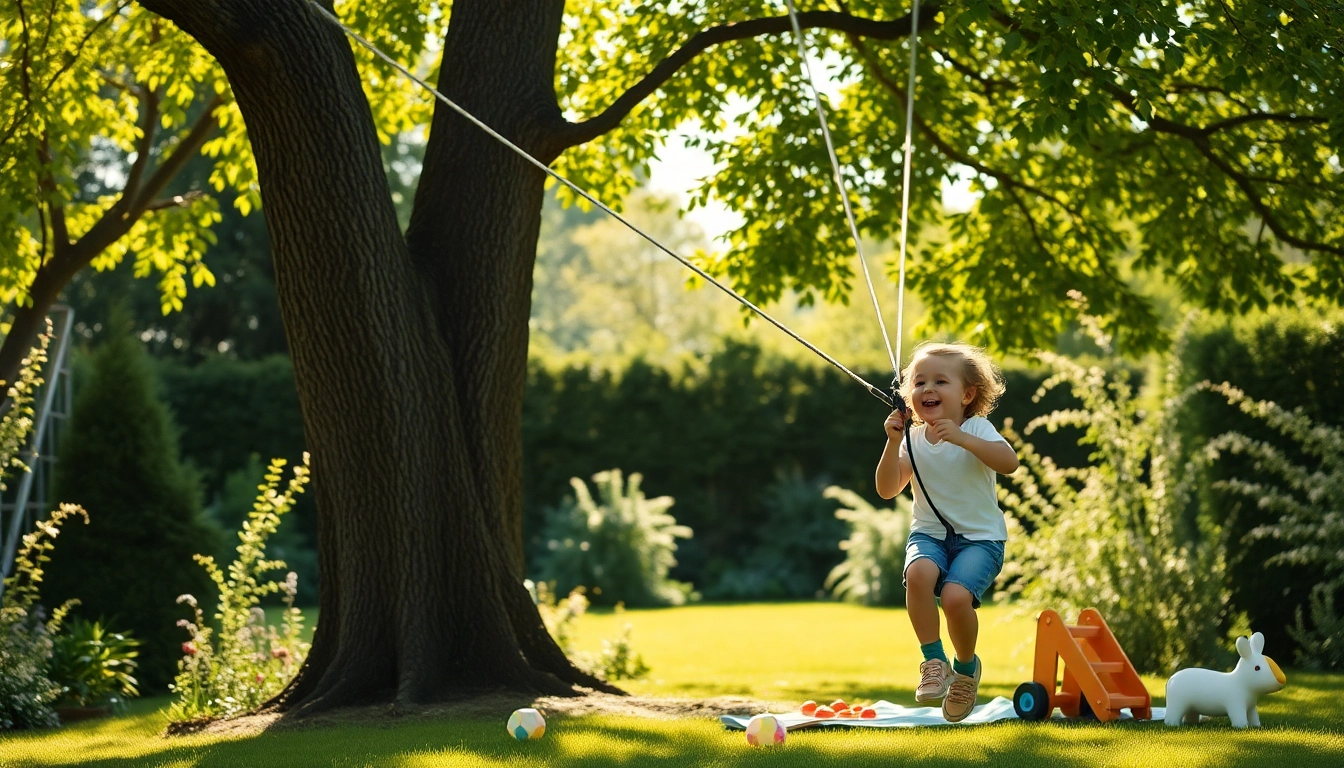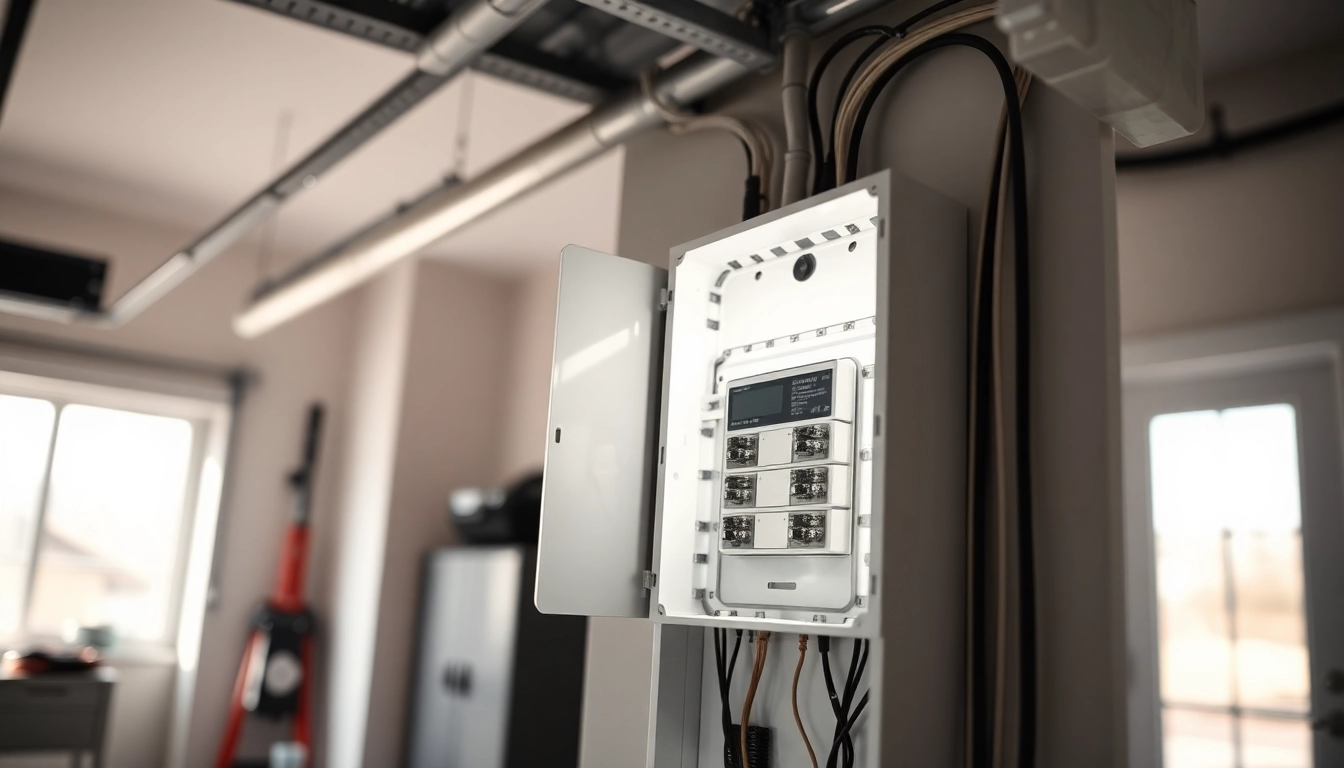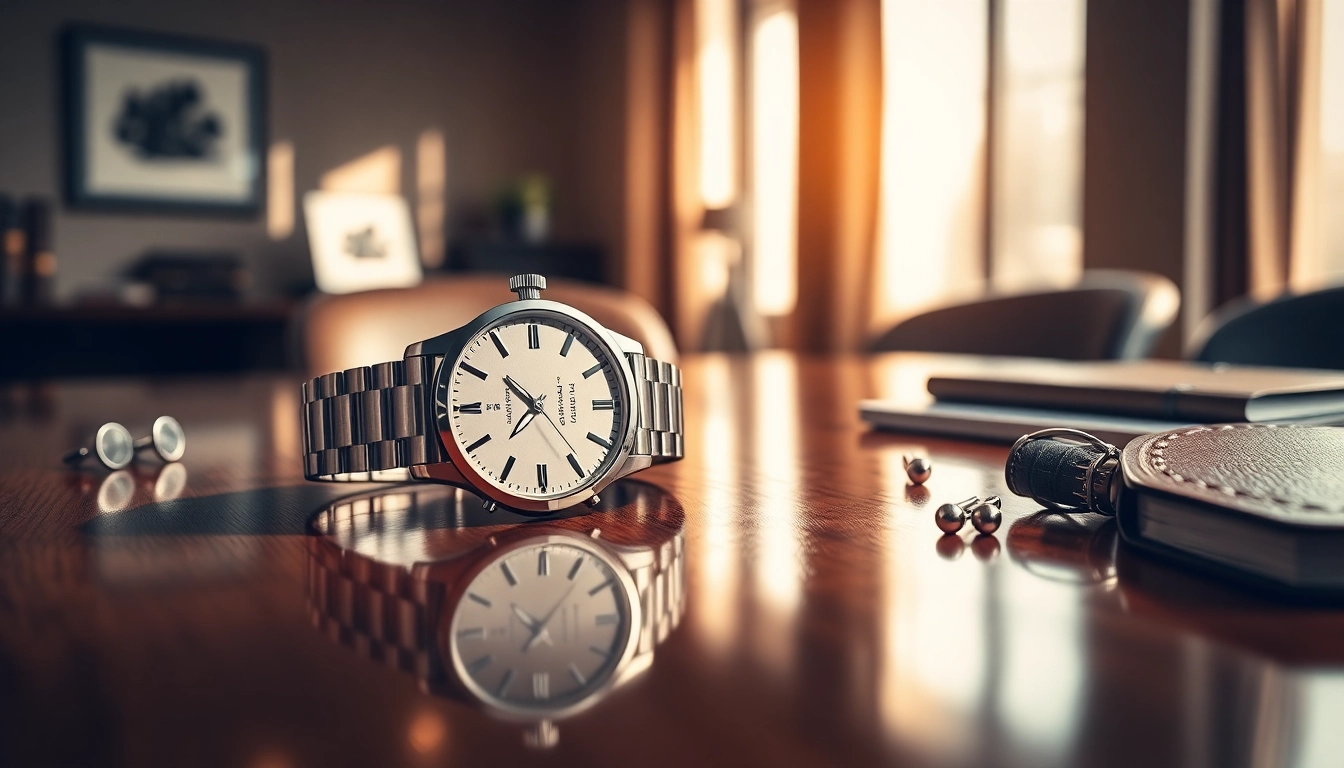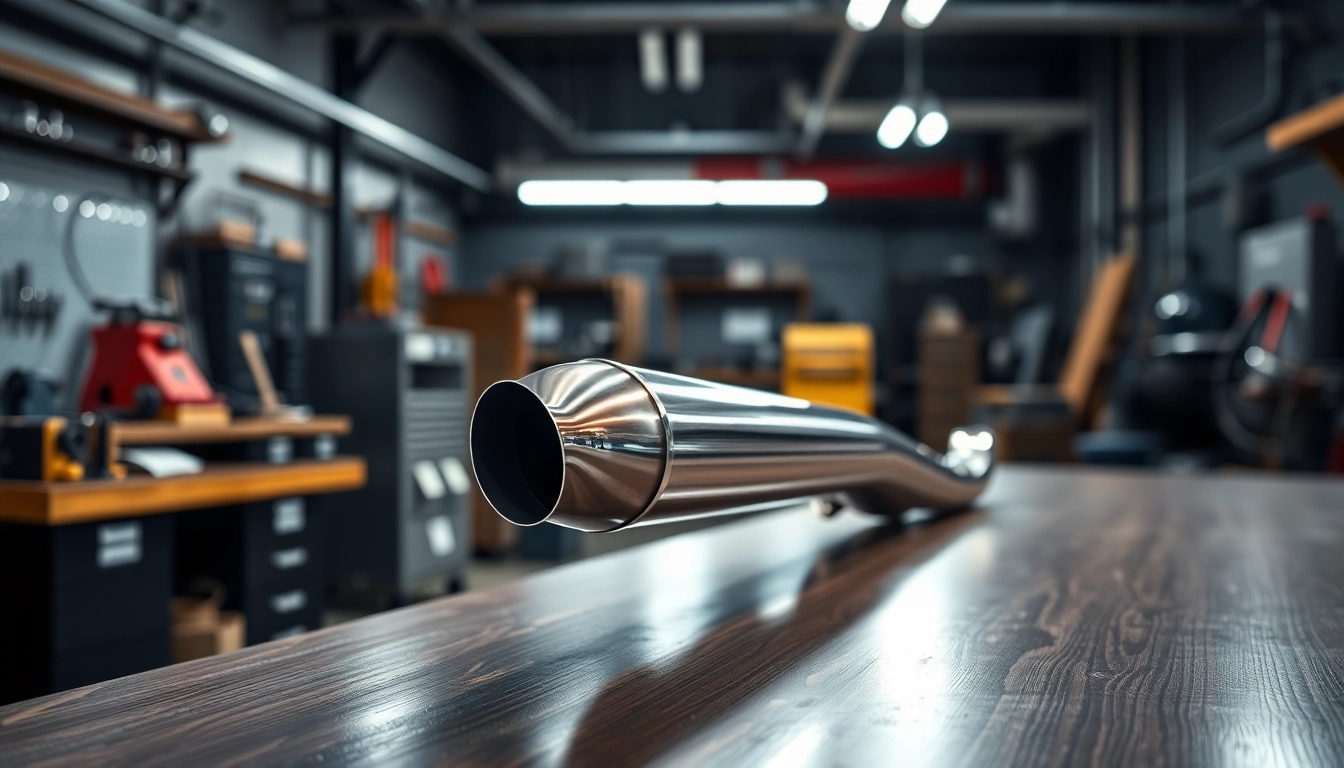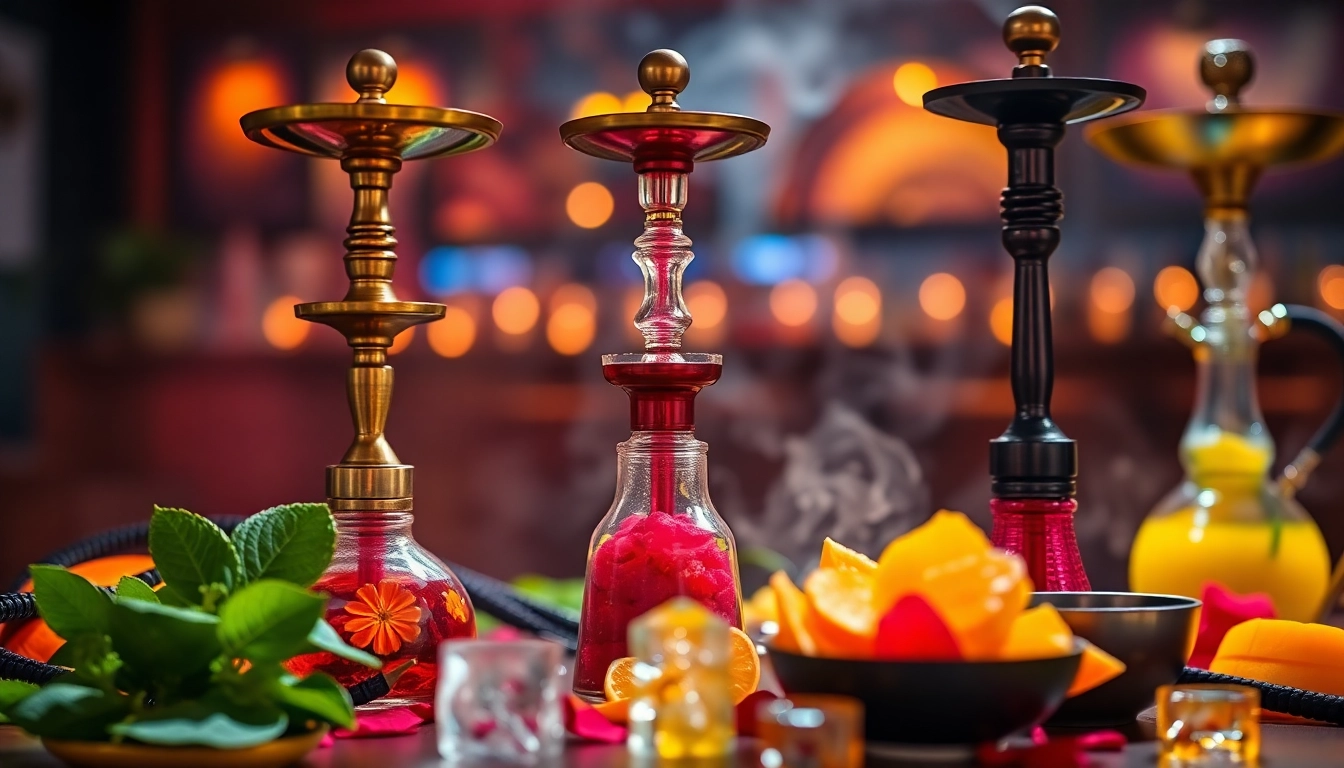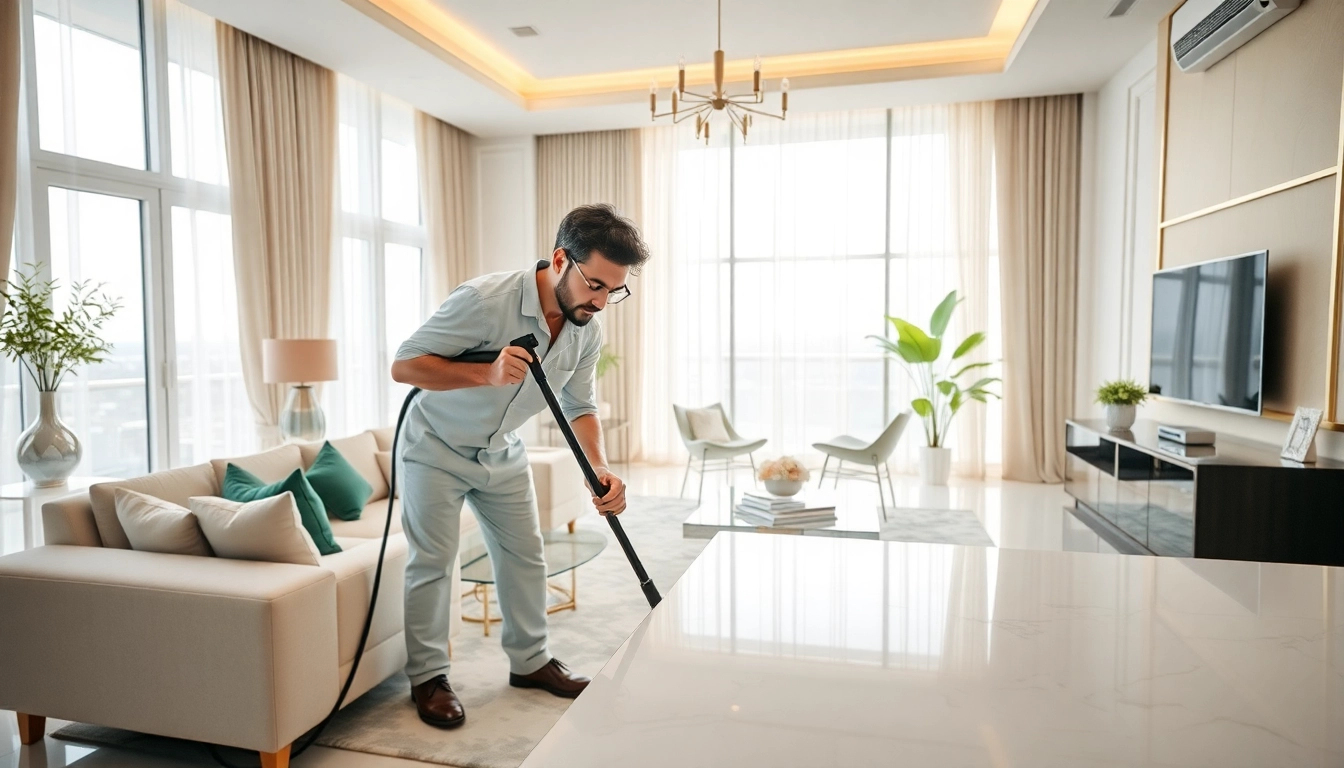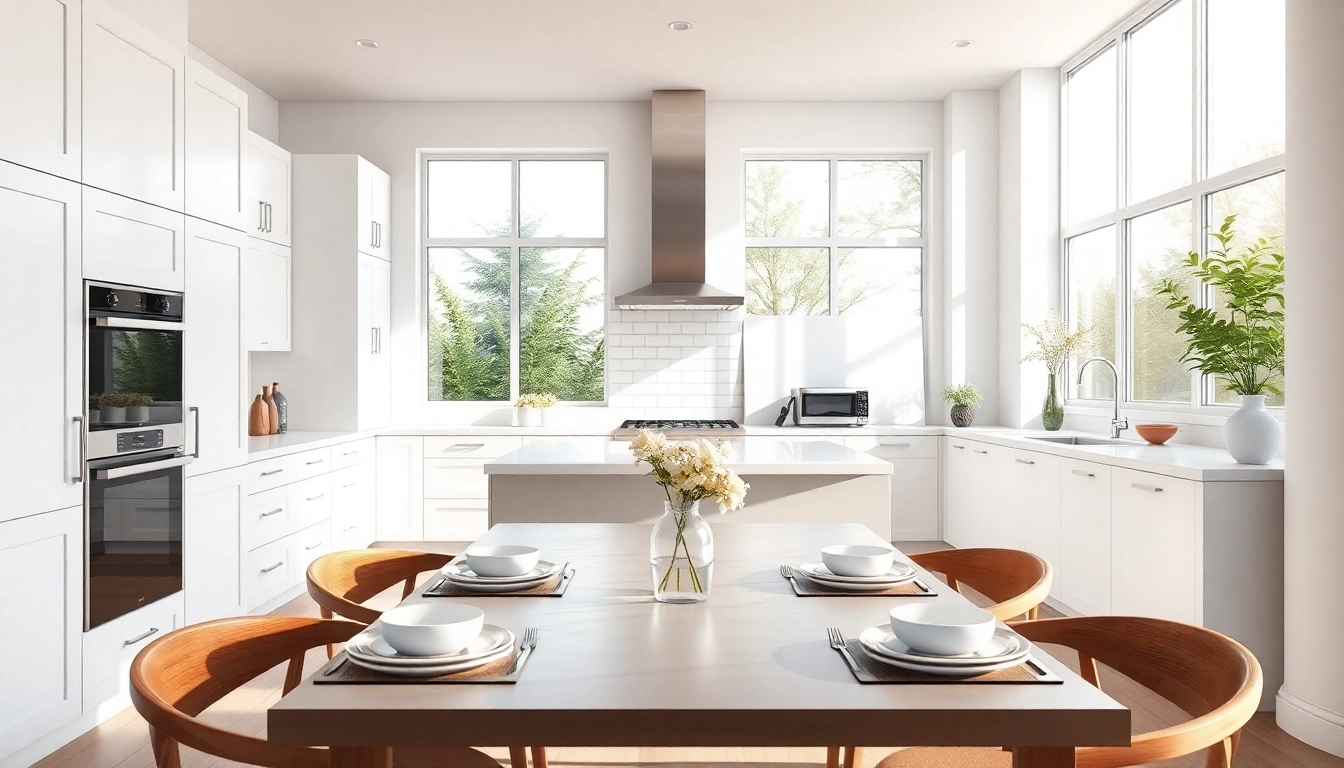
The Appeal of White Kitchen Cabinets
White kitchen cabinets have long been a staple in home design, symbolizing cleanliness, simplicity, and a sense of timelessness. Their versatile nature allows them to adapt to a variety of kitchen styles, from traditional to modern. Homeowners often gravitate towards SHOP NOW white kitchen cabinets for the way they seamlessly blend with other colors and materials, creating an inviting atmosphere in any cooking space. This article explores the reasons behind their enduring popularity, key considerations for choosing them, essential maintenance tips, how to pair them with other elements, and transformative case studies showcasing their aesthetic benefits.
Why Choose White Kitchen Cabinets?
Choosing white kitchen cabinets can be a transformational decision in home design. Firstly, they provide a neutral backdrop that enhances other design elements in the kitchen without overpowering them. This neutrality often makes white cabinets a smart choice for homeowners looking to create a clean and harmonious aesthetic.
Moreover, white kitchen cabinets contribute to the perception of space. Lighter colors tend to reflect more light, making small kitchens feel larger and airier. In homes with limited natural light, white cabinetry can help brighten up the area, creating an inviting atmosphere.
Another compelling reason to choose white kitchen cabinets is their popularity across various trends. They can easily accommodate a variety of styles, from coastal to farmhouse or contemporary. This versatility means that homeowners are less likely to face mismatched aesthetics as design trends evolve.
Popular Styles and Finishes
When it comes to white kitchen cabinets, styles and finishes can vary significantly, each adding a unique character to the space. Some popular styles include:
- Shaker Style: Known for its simple lines and classic appeal, the shaker style features a flat center panel and raised edges. This style is extremely versatile and works well with various décor themes.
- Flat-Panel (Slab): Providing a sleek, modern look, flat-panel cabinets are devoid of any embellishments, making them perfect for minimalistic designs.
- Beaded Inset: A more traditional choice, beaded inset cabinets have a decorative bead along the border and tend to be more expensive due to their craftsmanship.
As for finishes, homeowners can choose from glossy, matte, distressed, or even textured options, depending on the vibe they’re looking to achieve. Glossy finishes reflect light beautifully, while matte finishes offer a more subdued elegance. Distressed finishes can add a rustic charm that pairs well with country or vintage aesthetics.
How White Kitchen Cabinets Enhance Space
The choice of white cabinets can significantly enhance a kitchen’s spatial perception. They can make compact areas feel larger and more open. White cabinets, in conjunction with light countertops and backsplashes, can effectively create an illusion of expansiveness.
In addition, the reflective quality of white surfaces can amplify natural light in the room, making every meal prep and family gathering feel fresh and vibrant. This effect is particularly evident in kitchens that prioritize an open concept design, where the integration of white cabinets aids in the smooth flow of light and space.
Choosing the Right White Kitchen Cabinets
Selecting white kitchen cabinets isn’t merely about aesthetics; it involves understanding various factors that contribute to the overall performance and satisfaction with your cabinets. This section delves into materials, design trends, and budgeting considerations essential for making an informed choice.
Materials and Durability Considerations
Durability is a key factor when choosing white kitchen cabinets. The material of the cabinets not only affects their aesthetic appearance but also their long-term functionality. Here are some common materials used in cabinetry:
- Solid Wood: One of the most popular choices, solid wood offers durability and a natural beauty. However, it might require more upkeep compared to engineered materials.
- Engineered Wood (Plywood): Plywood cabinets are stable and resistant to warping. They are often a more cost-effective option as they closely mimic the appearance of solid wood.
- MDF (Medium Density Fiberboard): A budget-friendly choice, MDF is smooth and easy to paint, making it ideal for modern kitchens. However, it might not hold up as well against moisture compared to solid wood.
Consider quality ratings, finishes, and warranty details as indicators of durability when making your selection. It is wise to invest in higher-quality materials, especially for a space as frequently used as the kitchen.
Design Trends for White Kitchen Cabinets
Staying updated with current design trends is vital for anyone refreshing their kitchen. Some trends that have emerged and are gaining traction with white kitchen cabinets include:
- Two-Toned Cabinets: A rising trend involves combining white cabinets with darker shades or bold colors on the lower cabinets, creating an appealing contrast that adds depth.
- Open Shelving: Incorporating open shelving along with white kitchen cabinets allows homeowners to display curated dishes and decorative items, offering a personal touch while maintaining the brightness of the space.
- Textured Finishes: Companies are increasingly using textured finishes in white cabinetry, offering a tactile quality that can elevate the overall visual interest.
Cost Factors and Budgeting Tips
Budgeting for white kitchen cabinets requires an understanding of cost factors that can significantly impact total expenses. Key considerations include:
- Material Selection: As previously mentioned, materials vary in cost. Solid wood typically incurs higher costs, while laminate alternatives are more budget-friendly.
- Custom vs. Stock Options: Custom cabinets tailored to fit your kitchen specifications will be considerably more expensive than stock cabinets that are mass-produced.
- Installation Costs: Don’t forget about installation fees, whether you’re hiring a professional or opting for DIY. The latter may save money but can be time-consuming and challenging without experience.
Setting a realistic budget from the outset and prioritizing your spending can help you make informed decisions on where to allocate funds. It may be worthwhile to invest more in durable materials while saving costs on hardware or decorative elements where feasible.
Maintenance and Care for White Kitchen Cabinets
Proper maintenance is crucial for preserving the beauty of white kitchen cabinets over time. Unlike darker colors, white surfaces can show dirt, fingerprints, and wear more acutely, making care an important aspect of ownership.
Cleaning Techniques to Keep Them Pristine
Regular cleaning can keep white cabinets looking their best. Here are a few effective cleaning techniques:
- Gentle Detergents: Use a mixture of warm water and dish soap for daily cleaning. Avoid abrasive cleaners or sponges that can scratch the surface.
- Microfiber Cloths: Utilize microfiber cloths to wipe down surfaces, as they are gentle but effective in removing grime and fingerprints.
- Spot Treatments: For stubborn stains, create a paste of baking soda and water. Apply it to the stain, let it sit for a few minutes, and then scrub gently before rinsing.
Addressing Common Issues and Repairs
Over time, white kitchen cabinets may face a range of issues, including scratches, chips, or color fading. Here are practical approaches to addressing them:
- Scratch Repair: Small scratches can often be concealed with a marker or touch-up paint that matches your cabinet finish. For deeper scratches, consider professional refinishing.
- Chip Fixes: Apply a wood filler in the same color as your cabinets, allow it to dry, and then sand it down before repainting.
- Preventing Yellowing: Avoid exposing white cabinets to excessive heat or sunlight, which can cause discoloration over time. Using window treatments can help mitigate sunlight exposure.
Preventive Measures for Longevity
Taking preventive measures ensures you get the most lifespan out of your white kitchen cabinets:
- Humidity Control: kitchens are naturally humid environments. Utilize exhaust fans during cooking and maintain a consistent temperature to avoid warping or swelling of the cabinet material.
- Hardware Maintenance: Regularly check for loose hinges and drawer pulls, as maintaining these components can prolong cabinet integrity and function.
- Protective Coating: Consider applying a protective sealant suited for kitchen cabinetry to safeguard against spills and stains.
Pairing White Kitchen Cabinets with Other Elements
To create a cohesive and attractive design in a kitchen featuring white cabinets, careful consideration of complementary features is vital. This section will explore color combinations, fixtures, and the balance between decor and practicality.
Color Combinations and Contrasts
Choosing contrasting colors or complementary hues can enhance the visual appeal of white kitchen cabinets:
- Contrasting Dark Colors: Deep blues or charcoals can provide dramatic contrast, making the white cabinetry stand out even more.
- Warm Tones: Soft wood finishes, warm beige, or shades of cream can provide a cozy feel while maintaining a bright space.
- Accent Colors: Incorporating colorful accessories, such as kitchen towels, curtains, or decorative pieces, can invigorate the space without overwhelming it.
Complementary Fixtures and Hardware
The choice of fixtures and hardware plays a significant role in the overall aesthetic of kitchens with white cabinets:
- Hardware Finishes: Gold or brass hardware offers a striking contrast to white cabinets, lending a touch of elegance. On the other hand, stainless steel or matte black can provide a modern edge.
- Sink and Faucet Choices: Consider opting for unique sink designs or statement faucets in bolder colors or materials to make them focal points in an otherwise white kitchen.
- Lighting Fixtures: Pendant lights or contemporary chandeliers in metallic finishes can enhance the sleekness of white kitchen cabinets while providing functional illumination.
Balancing Decor and Practicality
Finding a balance between aesthetics and practical functionality is essential for a well-designed kitchen:
- Organizational Features: Consider integrated organizational features such as pull-out shelves, drawer dividers, or lazy Susans to enhance both usability and aesthetics.
- Decorative Touches: Add personal flair with decorative elements like art prints, houseplants, or interesting pottery that complements the cabinetry without causing clutter.
- Functional Layout: Ensure that the layout encourages movement, making the kitchen easy to maintain and use daily; prioritize accessibility of work zones within your design.
Case Studies: Transformations with White Kitchen Cabinets
Real-life examples can provide inspiration and tangible evidence of the benefits offered by white kitchen cabinets. The following case studies highlight how various homeowners utilized white cabinetry to achieve their design goals.
Real-Life Examples from Homeowners
One compelling case features a small, dimly lit kitchen that felt cramped and uninviting. The homeowners opted for white shaker-style cabinets paired with a light-colored countertop. The transformation resulted in a chic, inviting space that felt dramatically larger, illustrating how effective light colors can be in small areas.
Another case involved a more modern home, where the homeowners installed flat-panel white cabinets with bold navy accents on the island. This juxtaposition brought a contemporary flair while enhancing the overall brightness of the kitchen, providing an excellent example of successful color pairing.
Key Takeaways and Lessons Learned
The key takeaway from these case studies is the flexibility and adaptability of white kitchen cabinets. They can serve as a foundation for various design styles and work harmoniously with multiple elements. Additionally, homeowners learned the importance of considering how their choices affect both aesthetics and functionality. Making informed decisions about materials, finishes, and layout can lead to successful outcomes in kitchen design.
Visual Inspirations to Consider
For readers seeking visual inspiration, platforms like Pinterest or design blogs often showcase a range of kitchen styles featuring white cabinets. Curating a personal mood board can help illustrate your design vision based on preferences regarding styles, colors, and textures. Visual aids serve as a practical reference point for communicating your design goals with contractors or designers.
